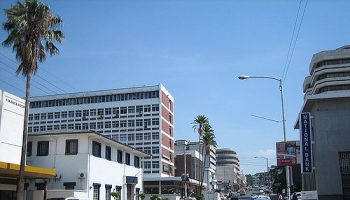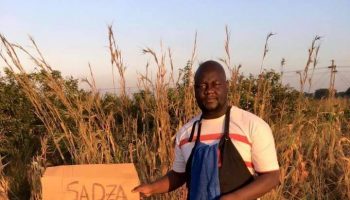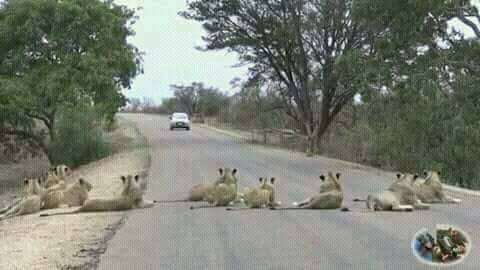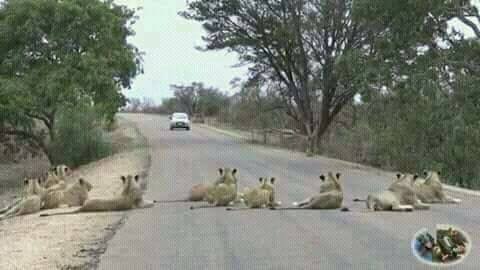Fraudsters are back in town! This time they are targeting the mobile money transfer system leaving a lot of small business owners to count heavy losses. How is this happening? We detail below in simple terms;
Normal mobile money transactions process involve one being given a merchant code and entering the code on one’s own phone and then showing the business owner a message that confirms money transfer.
The owner of the business checks with own phone to verify and confirm receipt before handing over goods to complete a sale.
How the system is being rigged
Fraudsters have developed an app that generates a fake mobile money transfer message which they keep in their phones. They produce and show the message to unsuspecting business owners purporting to have transferred money to purchase goods.
Business owners who are not alert may handover goods and complete a sale without checking whether they have received a confirmation message. Failure to check the message is resulting in a large number of business owners falling prey to fraudsters. Those targeted are small tuck-shop owners and small shops. Yesterday we heard a story of someone who lost goods valued at $500 and various stories of others falling for the same trick. For a small business, this kind of loss can throw the whole business under a bus!
Be vigilant
Confirm receipt of money transfer from customers by checking your phone. Do not be in a rush and sell goods before you have received money through transfer. In case of network problems, it is better to suspend sales than to lose goods to fraudsters.
Mobile Money Companies
This is not the first time for members of the public to lose funds to fraudsters. You have a moral responsibility to protect the integrity of the money transfer system and one way to do this is through publicity campaigns warning members of the public of unscrupulous elements using the system and putting in place monitoring systems. You should work hand n glove with the police because many businesses are folding due to these fraudsters who in most cases buy goods in bulk. Imagine the damage to peri-urban and rural business owners?
ZBIN will therefore be creating an online petition on our Facebook Page to mobile companies to take corrective action to protect the integrity of the mobile money system. They should monitor their systems and help sensitize members of the public of risks coming from those abusing their systems. A monthly message to all subscribers warning them of fraudsters on the prowl will not cost them a fortune but will help save thousands of dollars for small business owners.
![]()










